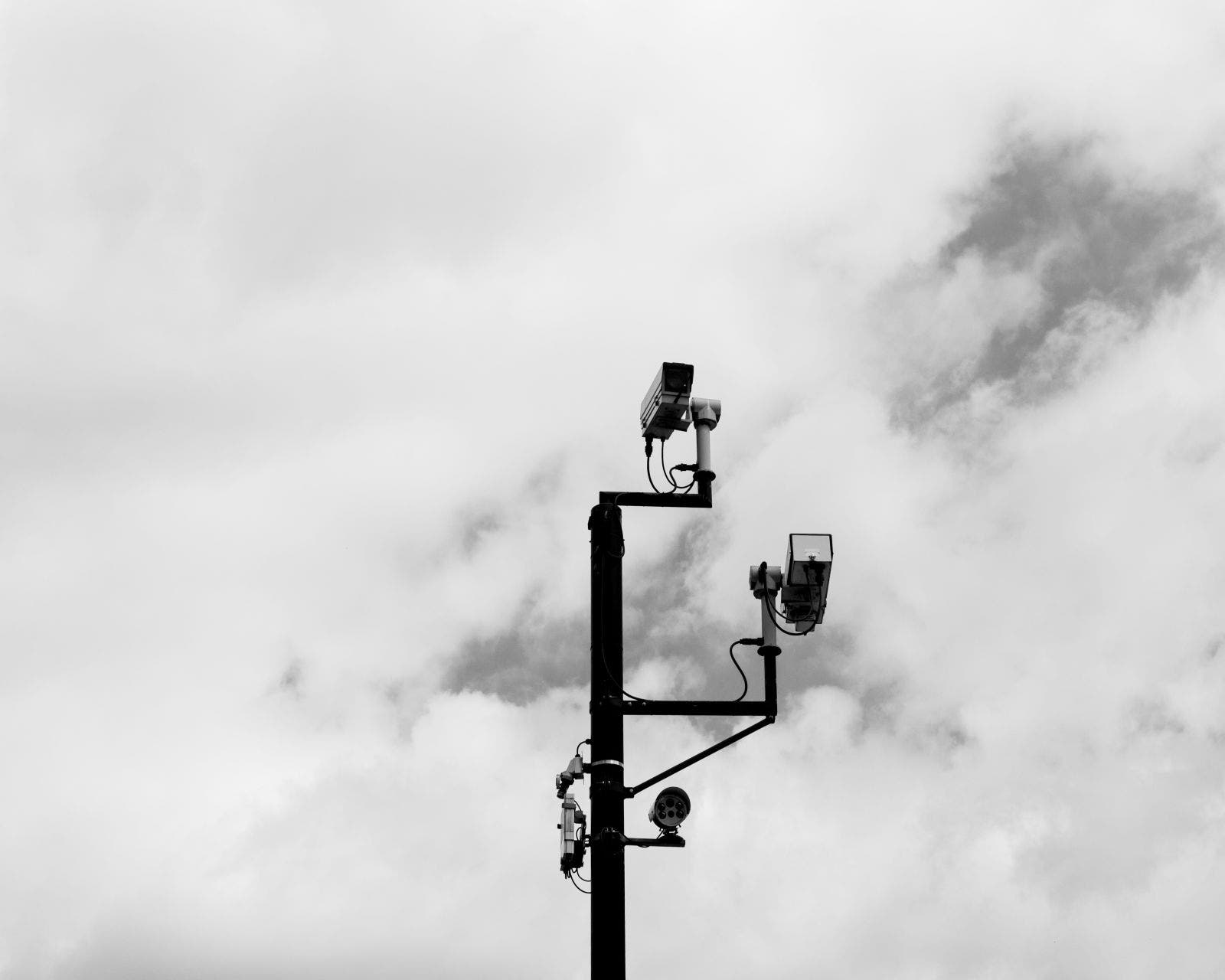Ars Technica verweist auf eine P2P Studie:
Anirban Banerjee, Michalis Faloutsos, and Laxmi Bhuyan collected more than 100GB of TCP header information from P2P networks back in early 2006 using a specially-doctored client. The goal of the research was a simple one: to determine „how likely is it that a user will run into such a ‚fake user‘ and thus run the risk of a lawsuit?“ The results are outlined in a recent paper (PDF), „P2P: Is Big Brother Watching You?“
Und gibt Tipps, wie man sich vor diesen Gewürm schützen kann, allen voran:
If you don’t use a blocklist, you will be tracked. Every one of the researchers‘ test clients that did not use a blocklist soon connected to an IP address found within those lists. It turns out that 12 to 17 percent of all IP addresses on the network belonged to these blocklisted ranges.













